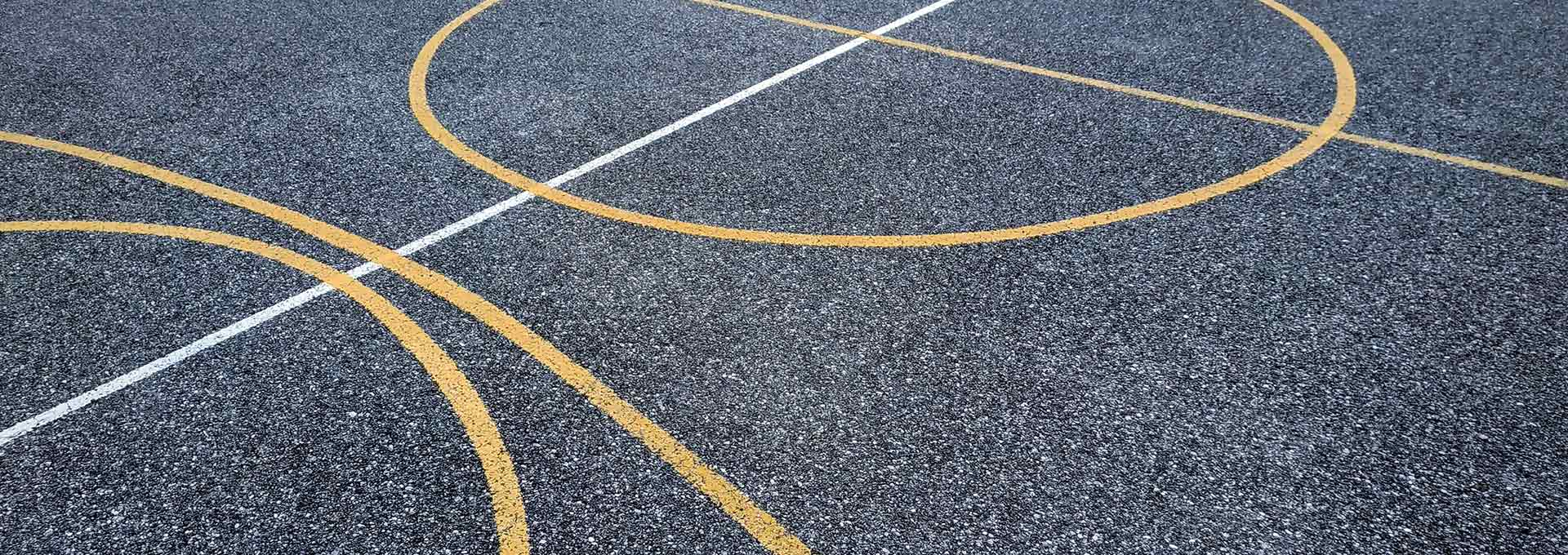
Resources
Seed Grant Awardee: Hyunglae Lee
Biomechanics-Based Modeling of Multi-Dimensional Foot-Ankle Mechanics for the Development of Transformable Smart Shoes (Phase Two
Hyunglae Lee | School for Engineering of Matter, Transport, and Energy (Video)
With the advancement of human movement sciences and footwear technology (e.g., sensor, actuator, and control systems), we envision the development of transformable smart shoes that will be quite common by 2036. Transformable smart shoes will have the unique capabilities of (1) tracking foot–ankle mechanics in real-time during physical activities, and (2) adaptively transforming the mechanical properties of the shoes in a task-dependent manner (e.g., actively supporting the ankle as needed). Development of these innovations allows us to achieve two paramount goals in sports activities: maximizing human performance and minimizing the risk of injuries. Ultimately, this will not only improve the quality of sports activities for everyone, but also can enhance the quality of daily activities for the elderly and disabled.
Objectives: As a first step to achieve this overarching vision, we have successfully characterized foot–ankle mechanics during quiet standing and normal walking. Based on this success, we aim to (1) extend the characterization to various lower extremity tasks and (2) develop simple yet competent models for foot–ankle mechanics. These aims are essential for the design and control of smart shoes in the next phase of this continuing research. Successful completion of this research will advance scientific knowledge on how multi-dimensional foot–ankle mechanics are modulated during various lower extremity tasks. This knowledge will not only provide the basis for the development of transformable smart shoes in the next phase of the research but also directly impact current best practices in footwear design. Furthermore, this research has the potential to benefit wearable devices in many fields (e.g., ankle foot orthoses, ankle braces, and lower limb exoskeleton robots) with sports, clinical, and industrial applications.
Published Work
Sex Differences in 2-DOF Human Ankle Stiffness in Relaxed and Contracted Muscles